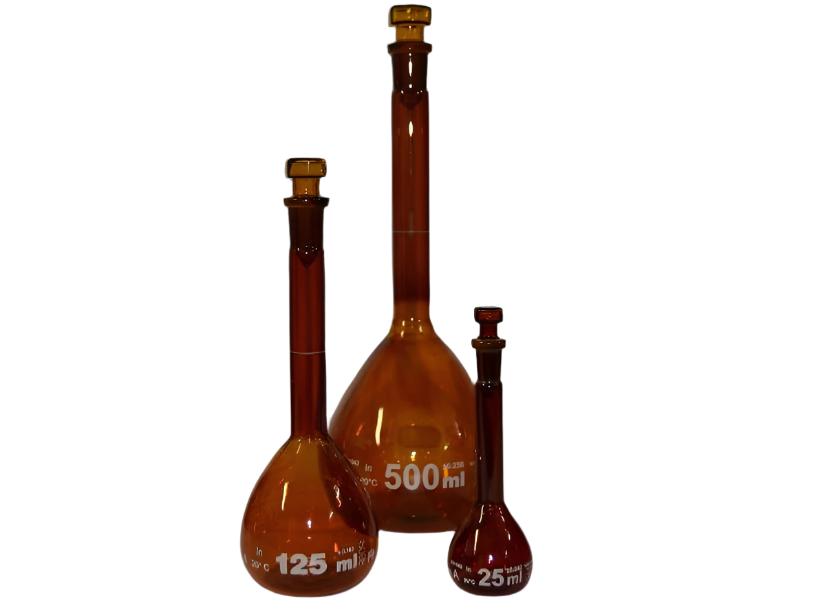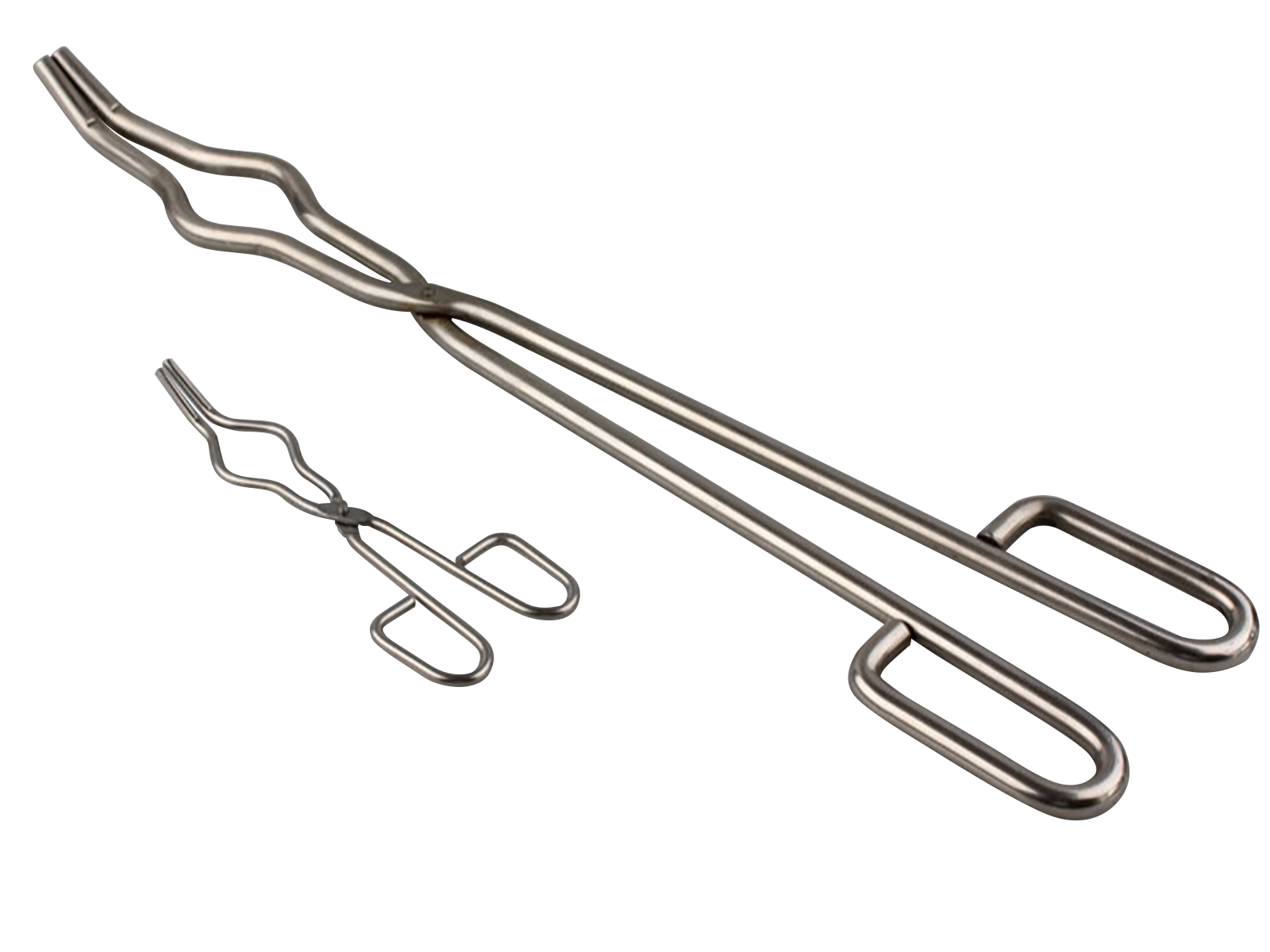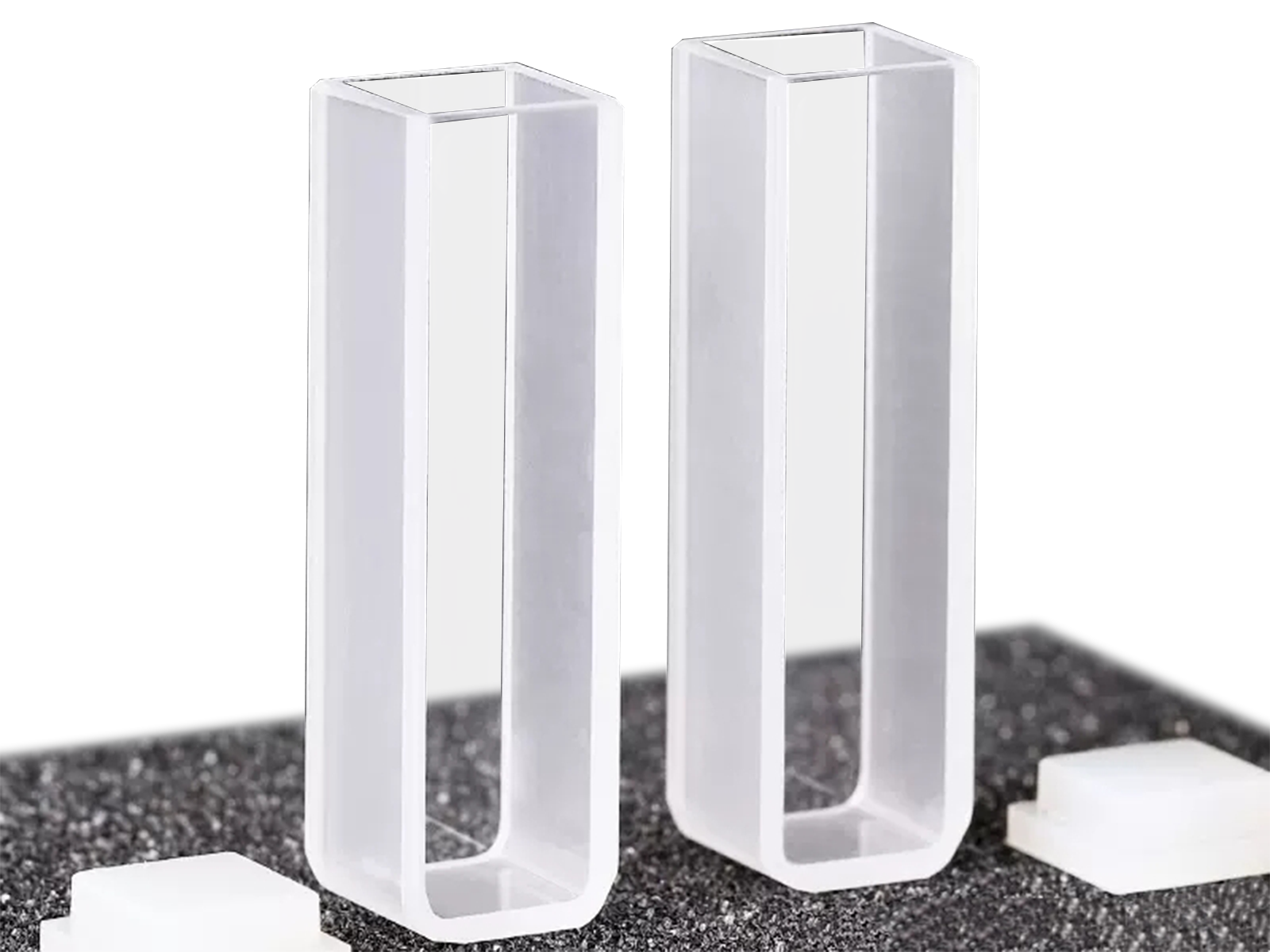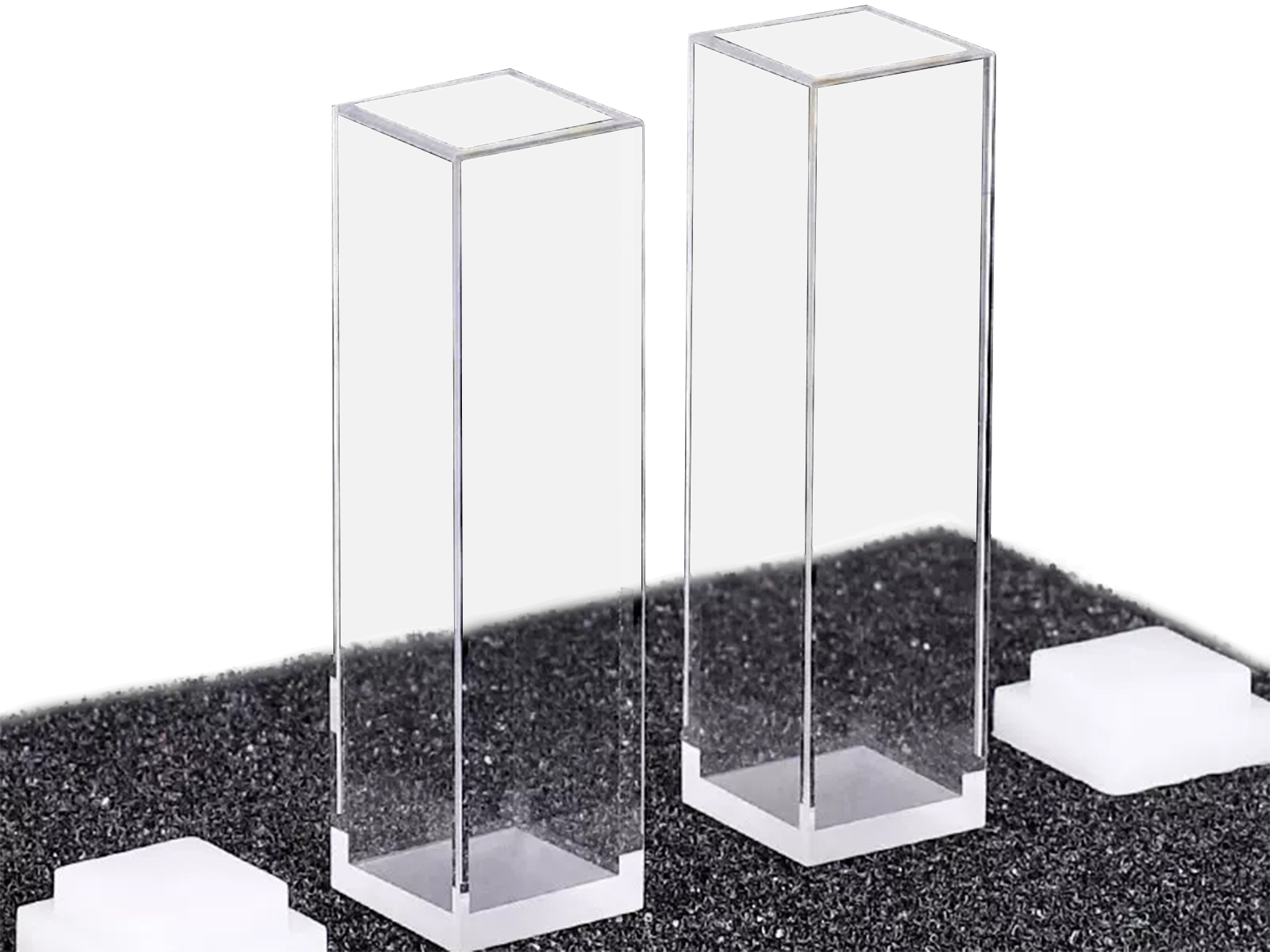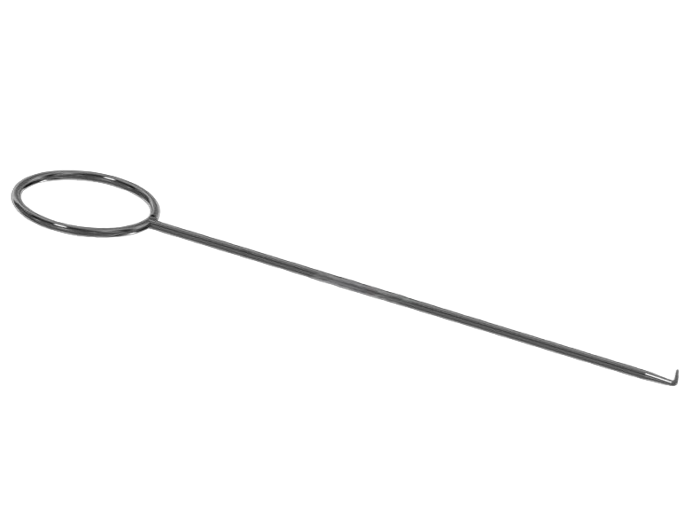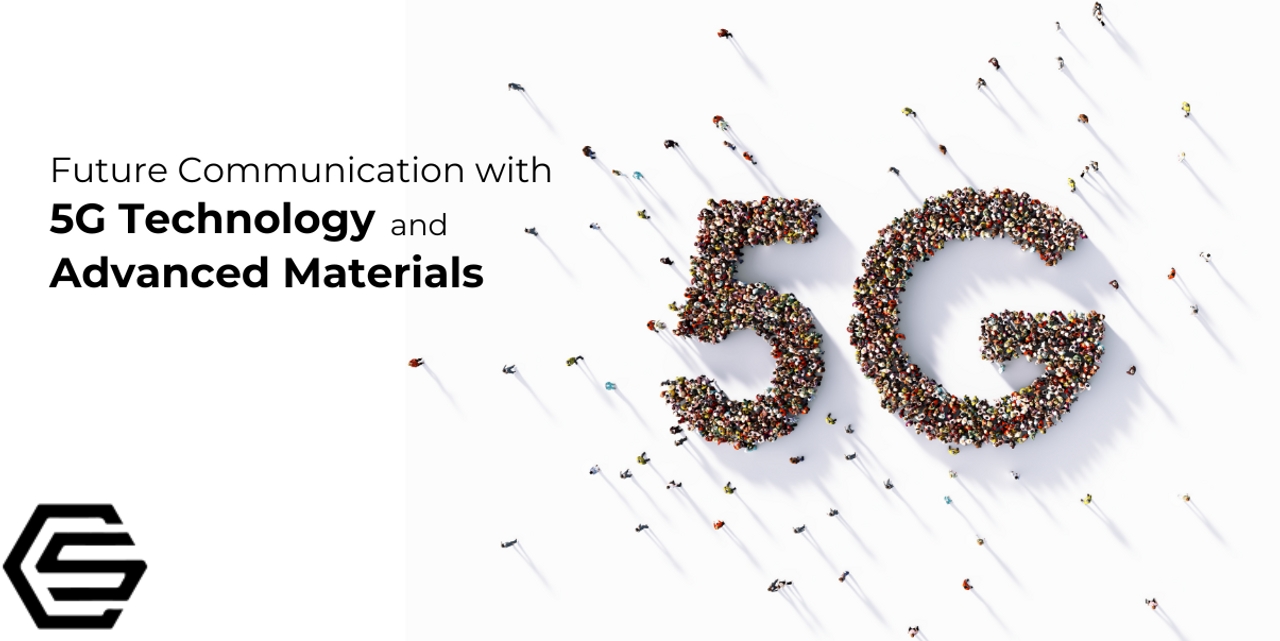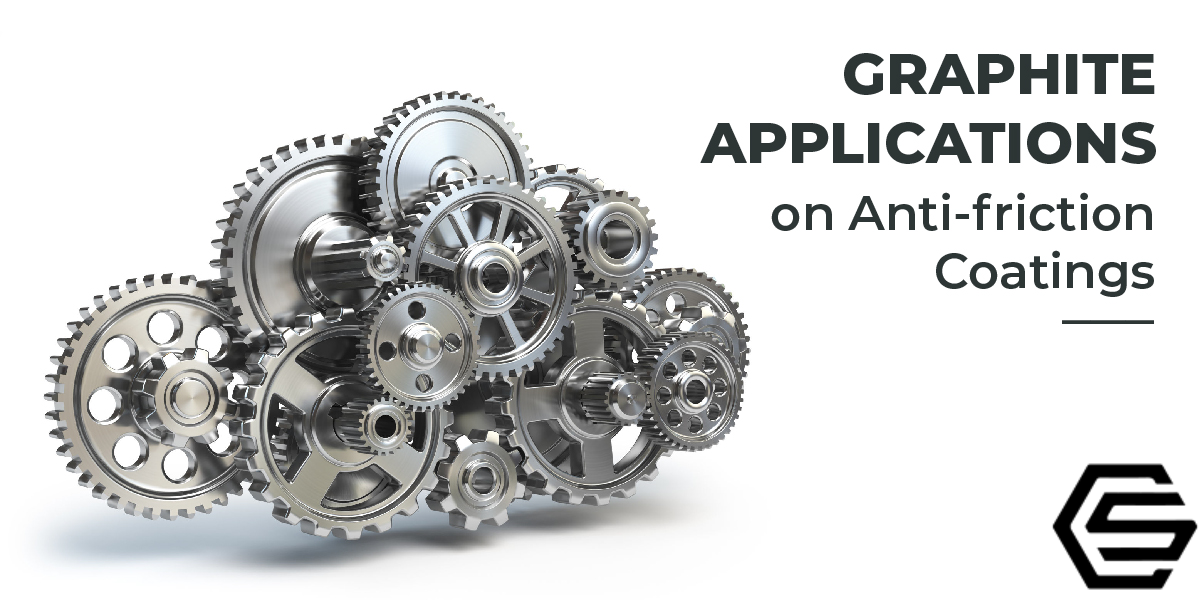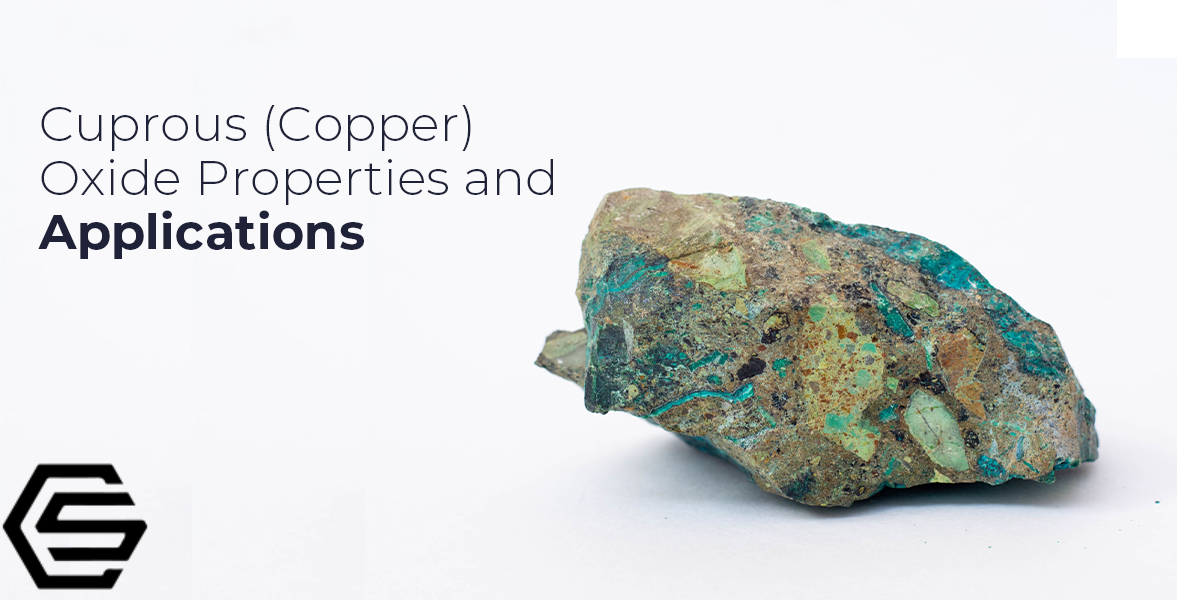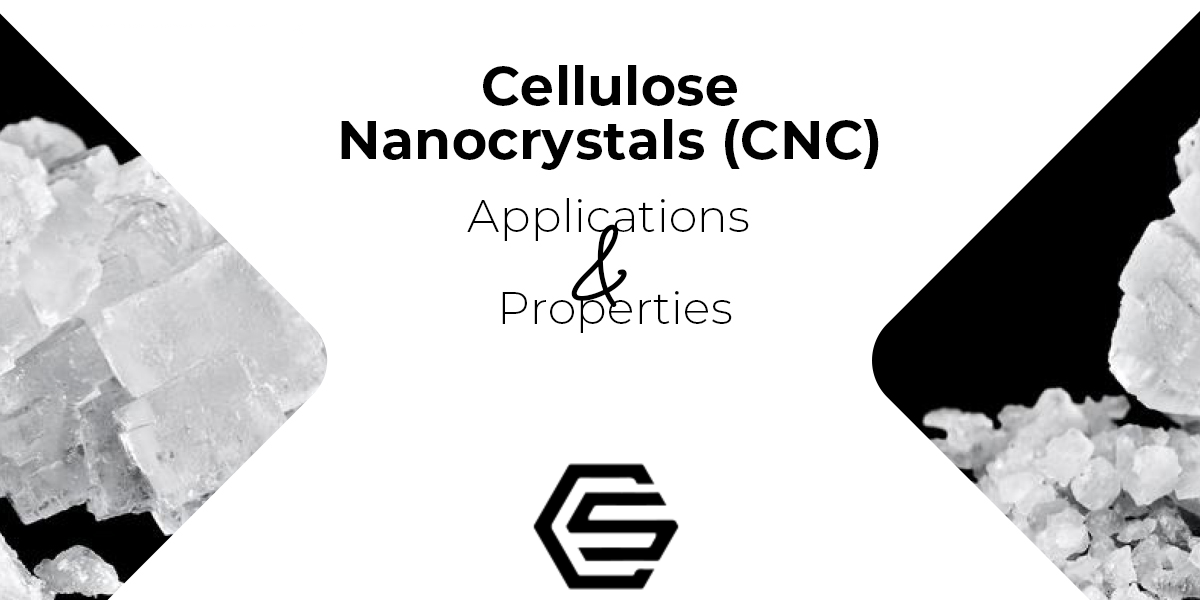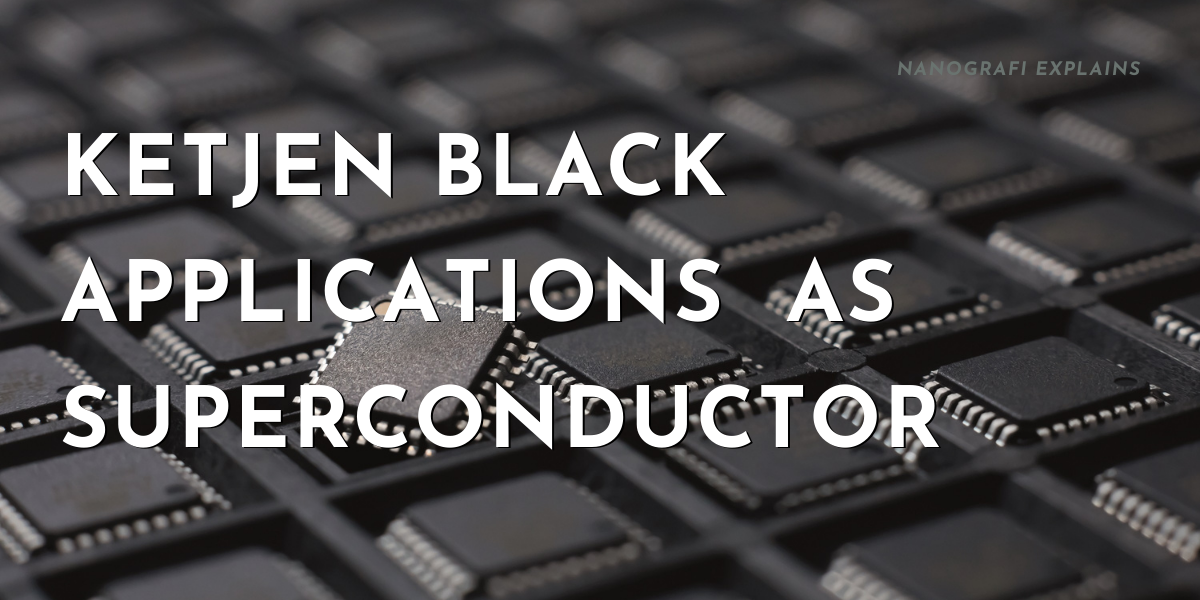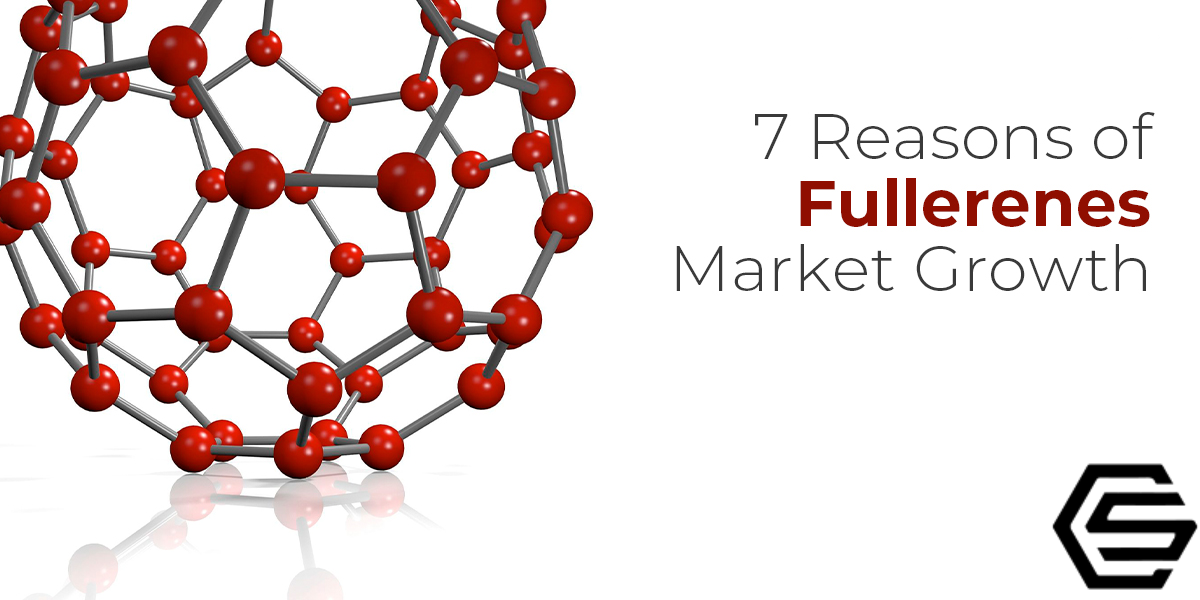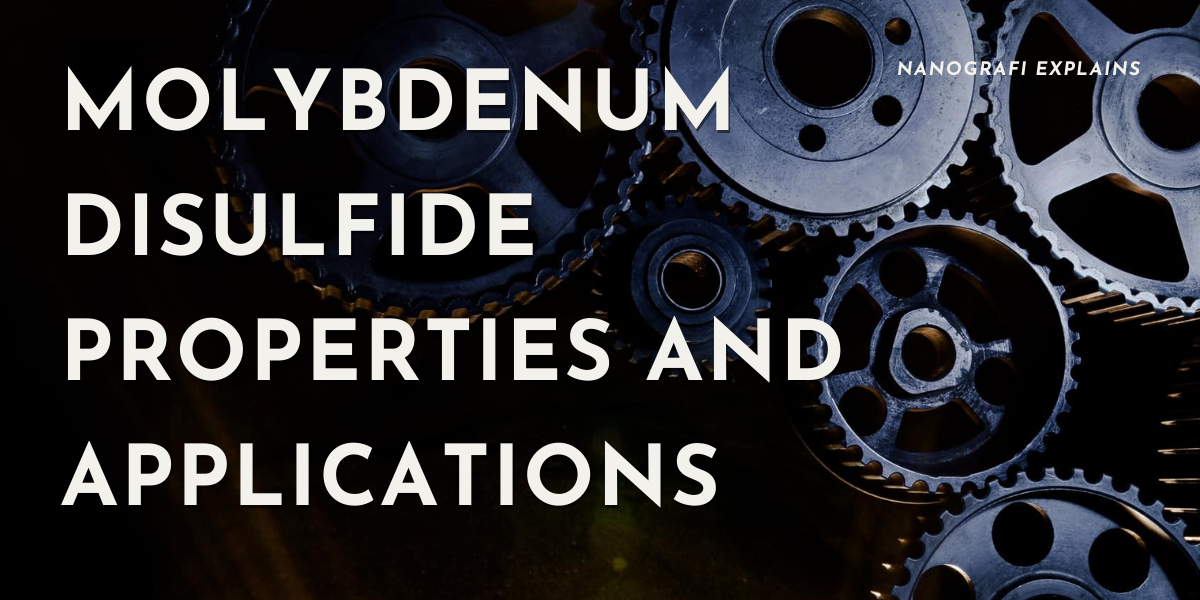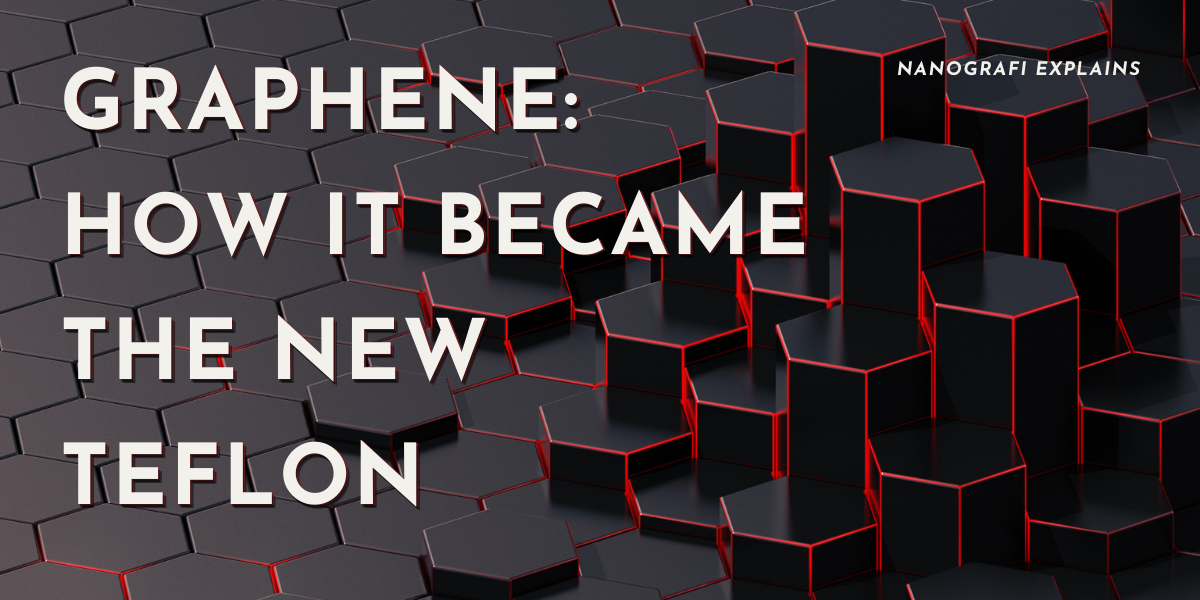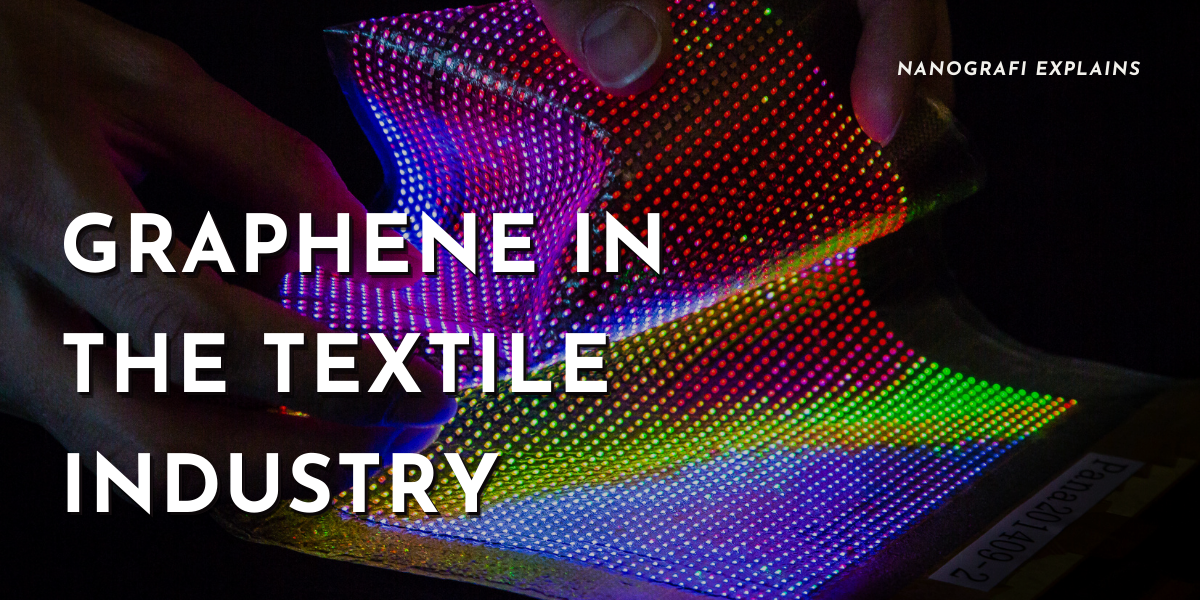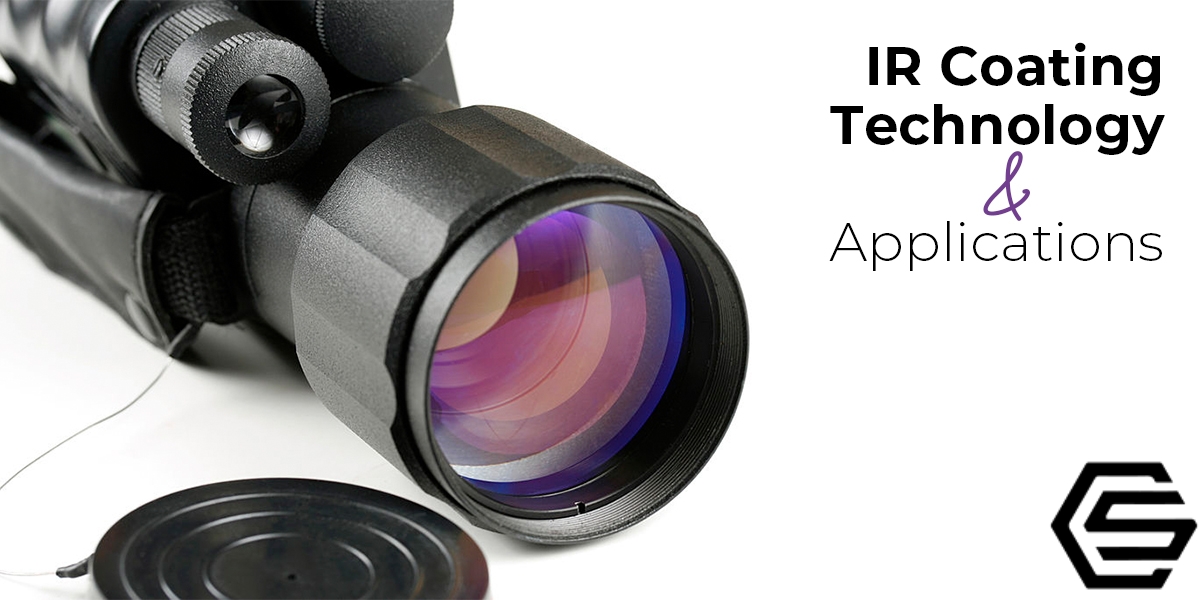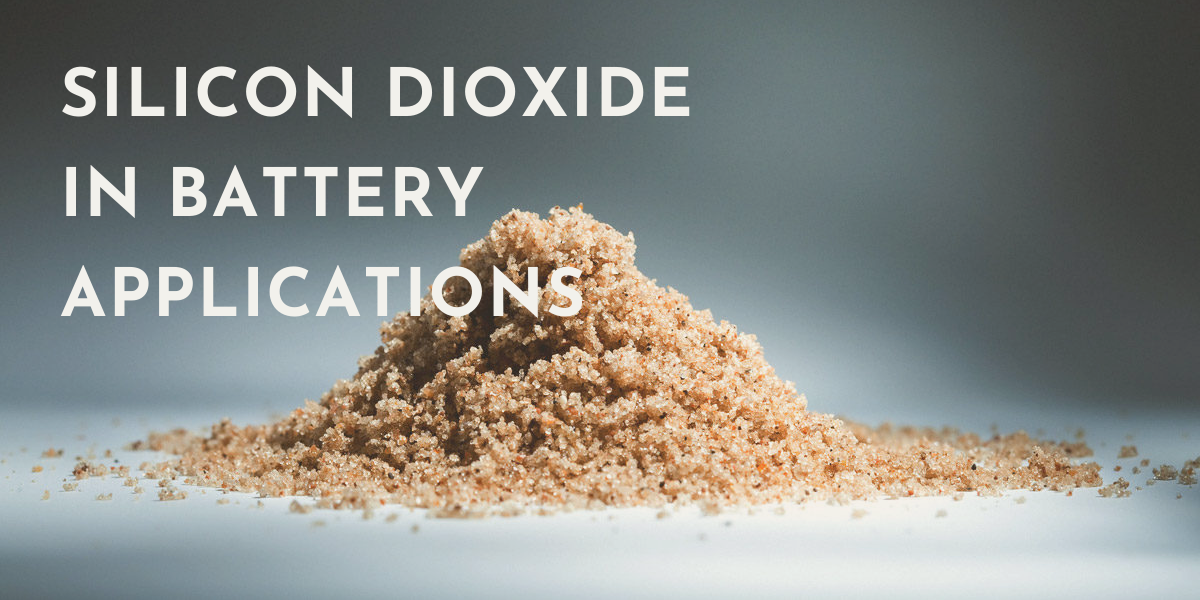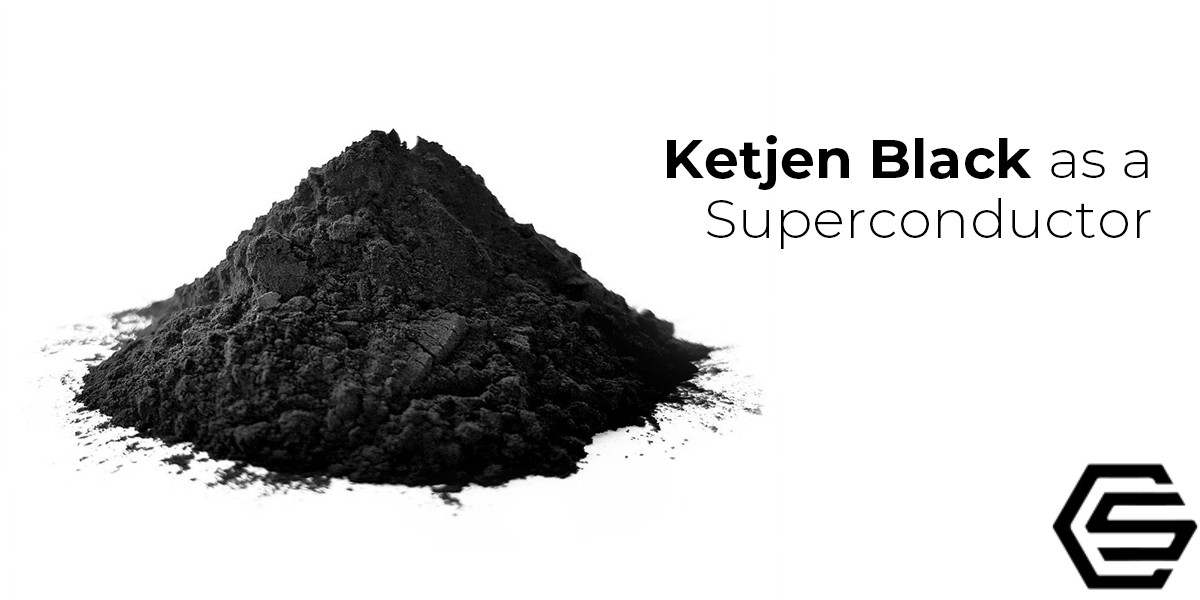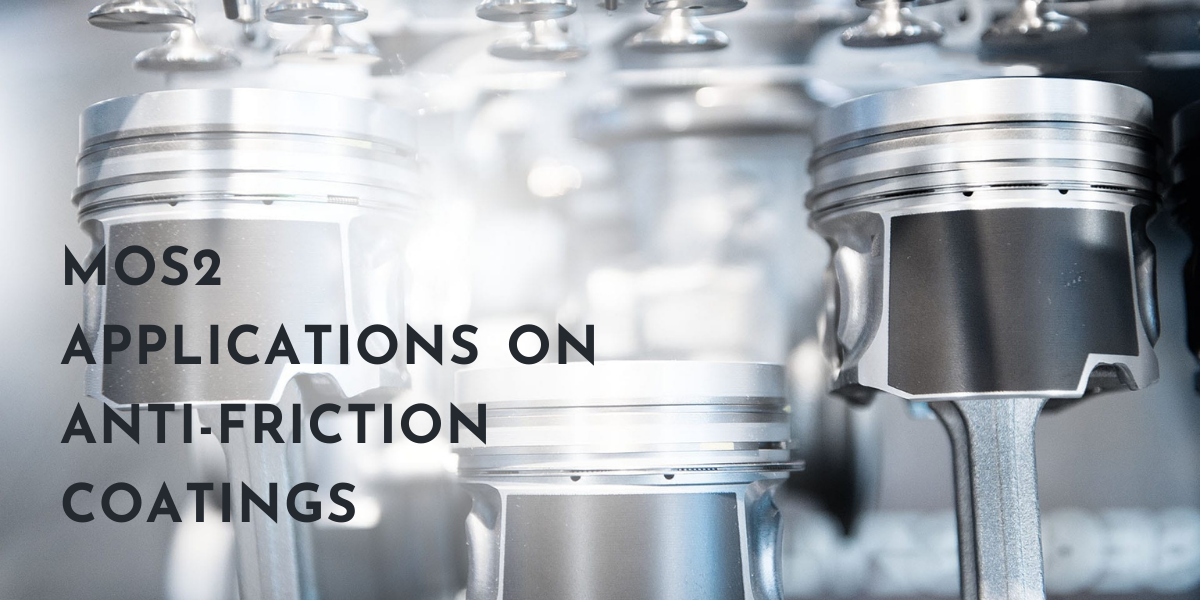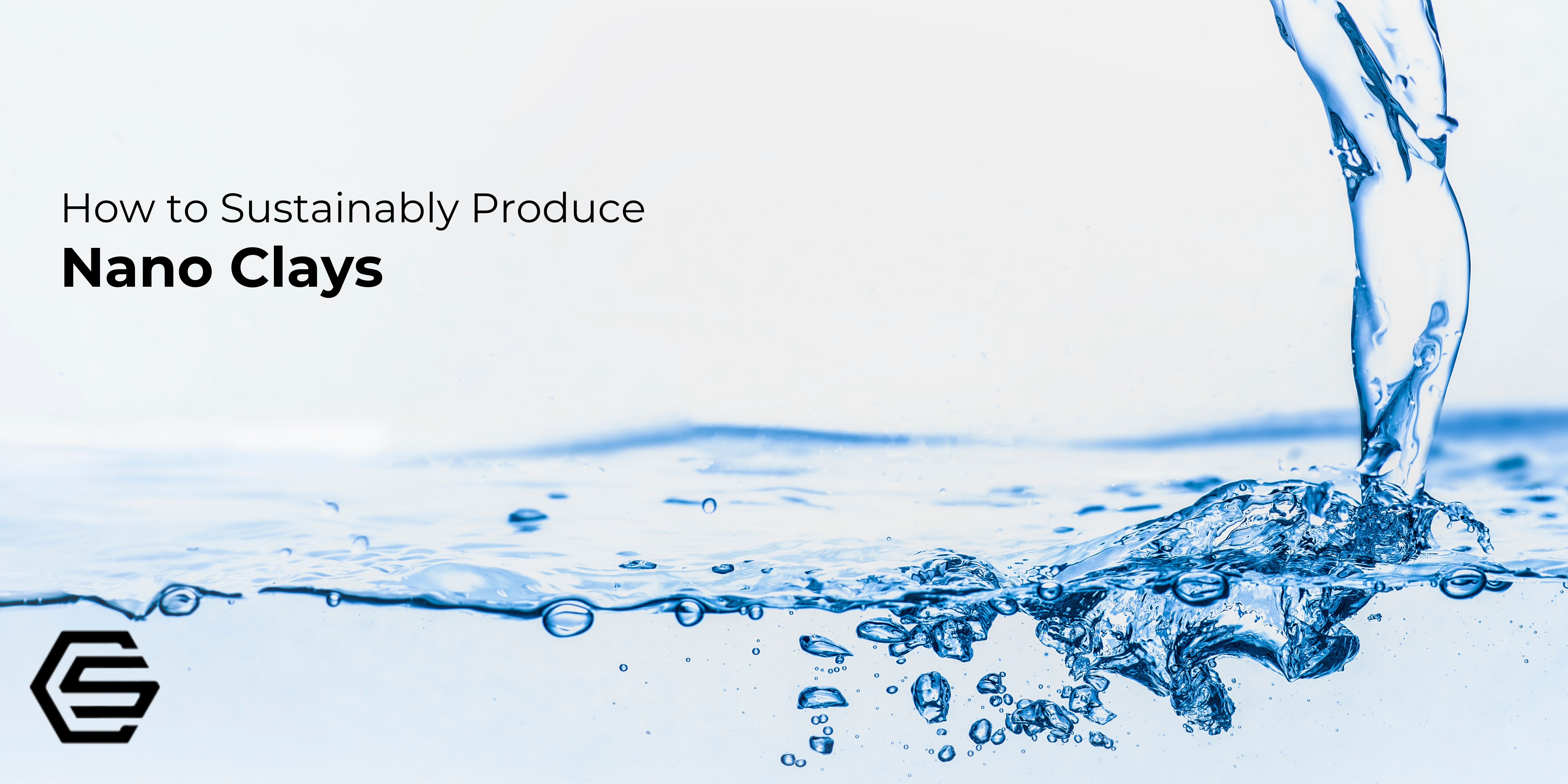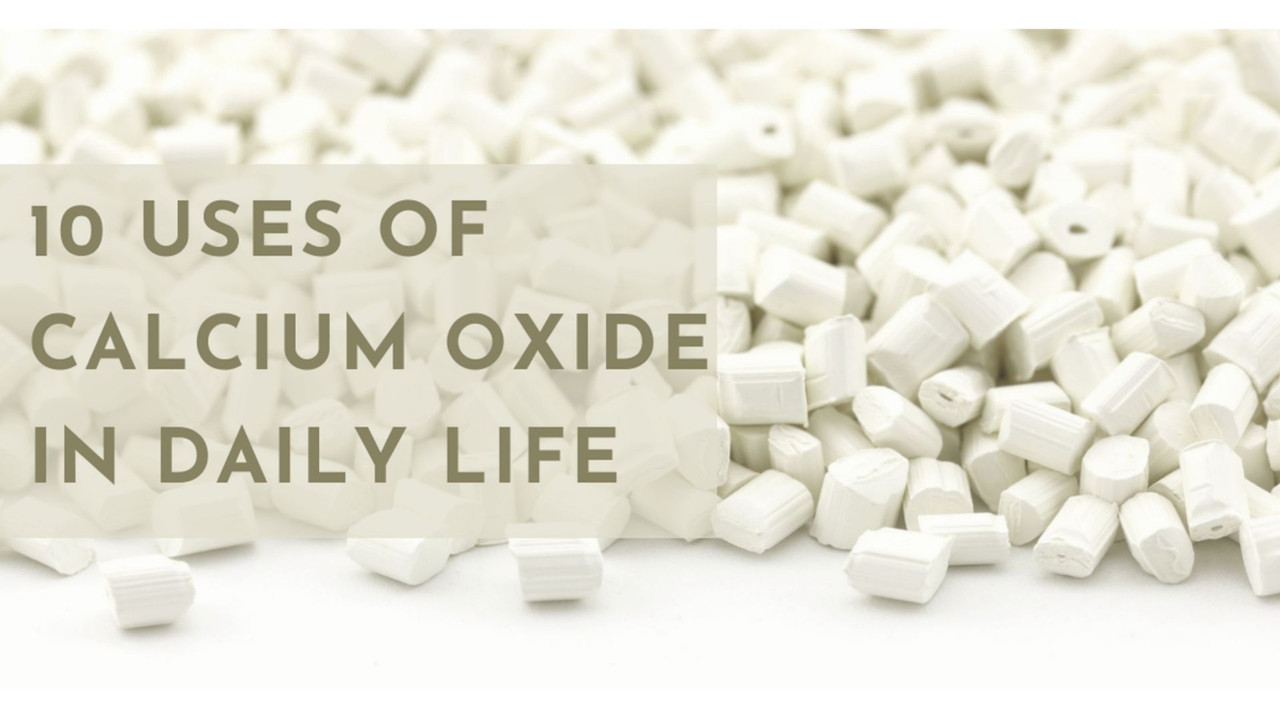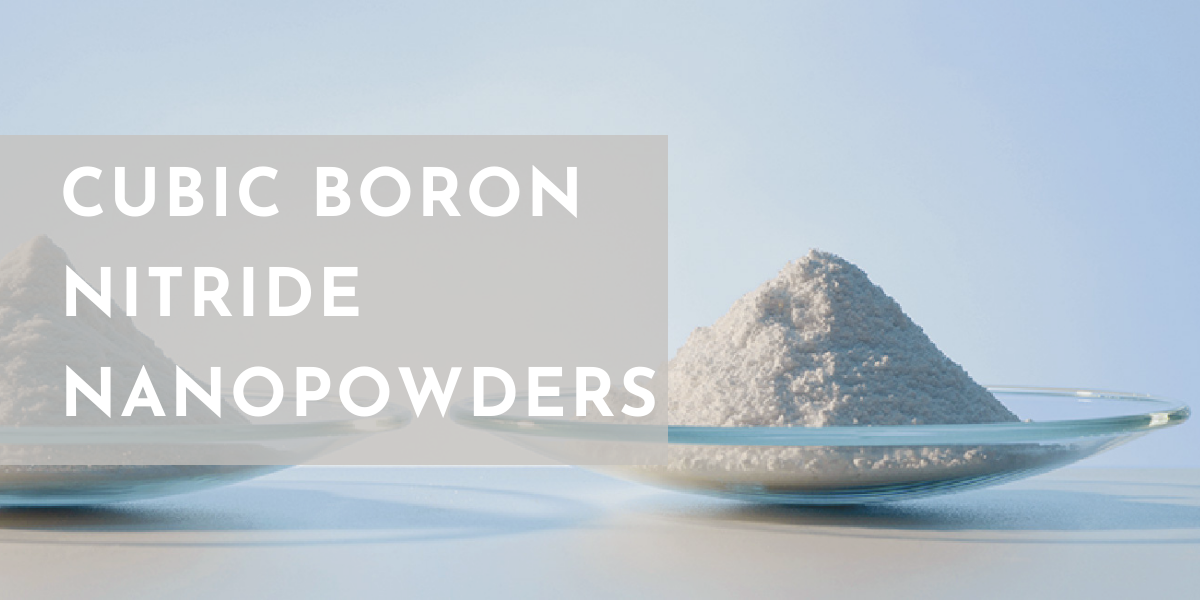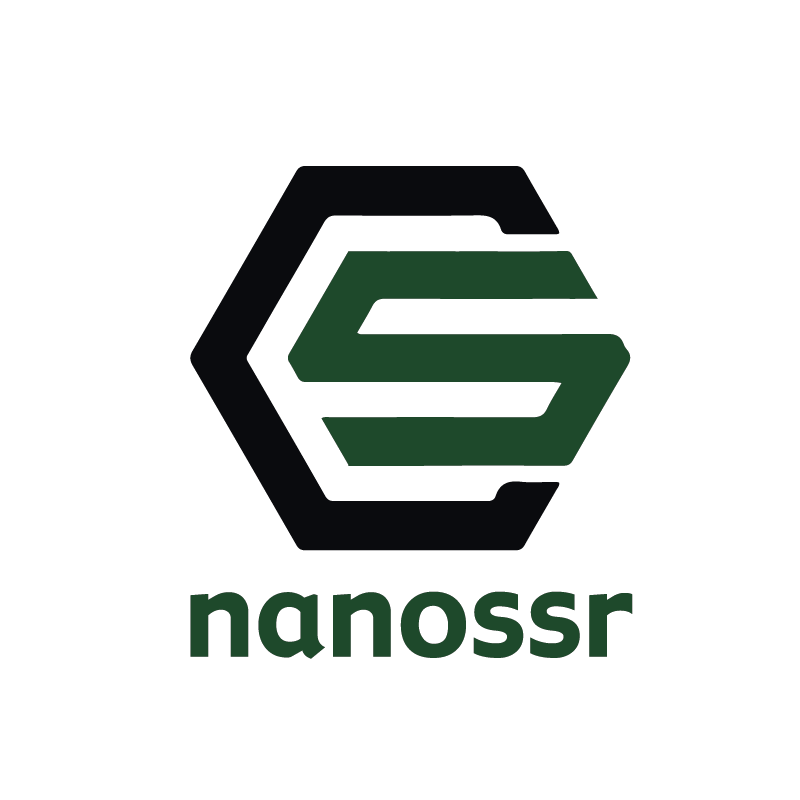Witeg Volumetric Flasks Class A With ST Amber Stained White Graduated
Buy Witeg products from NANOSSR at the best value.
- with ST-hollow glass stopper or ST PE-stopper
- made of borosilicate glass 3.3
- tolerance according to ASTM E 288
- inclusive batch certificate
- DE-M marked according to the German calibration law
- standard and special sizes available
| SKU | Model | Color | Material | Capacity | Socket | Stopper | Graduation | Class | Tolerance | DIN |
|---|---|---|---|---|---|---|---|---|---|---|
| 3 670 000 | Volumetric flask | amber stained | Borosilicate glass 3.3 | 5 ml | NS 7/16 | glass stopper | white graduated | A | ±0.025 ml | DIN EN ISO 1042 |
| 3 670 001 | Volumetric flask | amber stained | Borosilicate glass 3.3 | 10 ml | NS 7/16 | glass stopper | white graduated | A | ±0.025 ml | DIN EN ISO 1042 |
| 3 670 00114 | Volumetric flask | amber stained | Borosilicate glass 3.3 | 10 ml | NS 14/23 | glass stopper | white graduated | A | ±0.060 ml | DIN EN ISO 1042 |
| 3 670 0016 | Volumetric flask | amber stained | Borosilicate glass 3.3 | 15 ml | NS 12/21 | glass stopper | white graduated | A | ±0.060 ml | DIN EN ISO 1042 |
| 3 670 002 | Volumetric flask | amber stained | Borosilicate glass 3.3 | 20 ml | NS 10/19 | glass stopper | white graduated | A | ±0.040 ml | DIN EN ISO 1042 |
| 3 670 003 | Volumetric flask | amber stained | Borosilicate glass 3.3 | 25 ml | NS 10/19 | glass stopper | white graduated | A | ±0.040 ml | DIN EN ISO 1042 |
| 3 670 005 | Volumetric flask | amber stained | Borosilicate glass 3.3 | 50 ml | NS 12/21 | glass stopper | white graduated | A | ±0.060 ml | DIN EN ISO 1042 |
| 3 670 006 | Volumetric flask | amber stained | Borosilicate glass 3.3 | 50 ml | NS 14/23 | glass stopper | white graduated | A | ±0.100 ml | DIN EN ISO 1042 |
| 3 670 010 | Volumetric flask | amber stained | Borosilicate glass 3.3 | 100 ml | NS 12/21 | glass stopper | white graduated | A | ±0.100 ml | DIN EN ISO 1042 |
| 3 670 011 | Volumetric flask | amber stained | Borosilicate glass 3.3 | 100 ml | NS 14/23 | glass stopper | white graduated | A | ±0.100 ml | DIN EN ISO 1042 |
| 3 670 012 | Volumetric flask | amber stained | Borosilicate glass 3.3 | 10 ml | NS 10/19 | glass stopper | white graduated | A | ±0.040 ml | DIN EN ISO 1042 |
| 3 670 013 | Volumetric flask | amber stained | Borosilicate glass 3.3 | 20 ml | NS 12/21 | glass stopper | white graduated | A | ±0.060 ml | DIN EN ISO 1042 |
| 3 670 014 | Volumetric flask | amber stained | Borosilicate glass 3.3 | 25 ml | NS 12/21 | glass stopper | white graduated | A | ±0.060 ml | DIN EN ISO 1042 |
| 3 670 015 | Volumetric flask | amber stained | Borosilicate glass 3.3 | 5 ml | NS 10/19 | glass stopper | white graduated | A | ±0.040 ml | DIN EN ISO 1042 |
| 3 670 016 | Volumetric flask | amber stained | Borosilicate glass 3.3 | 15 ml | NS 10/19 | glass stopper | white graduated | A | ±0.040 ml | DIN EN ISO 1042 |
| 3 670 017 | Volumetric flask | amber stained | Borosilicate glass 3.3 | 20 ml | NS 14/23 | glass stopper | white graduated | A | ±0.060 ml | DIN EN ISO 1042 |
| 3 670 018 | Volumetric flask | amber stained | Borosilicate glass 3.3 | 25 ml | NS 14/23 | glass stopper | white graduated | A | ±0.060 ml | DIN EN ISO 1042 |
| 3 670 020 | Volumetric flask | amber stained | Borosilicate glass 3.3 | 200 ml | NS 14/23 | glass stopper | white graduated | A | ±0.150 ml | DIN EN ISO 1042 |
| 3 670 022 | Volumetric flask | amber stained | Borosilicate glass 3.3 | 2 ml | NS 10/19 | glass stopper | white graduated | A | ±0.040 ml | DIN EN ISO 1042 |
| 3 670 025 | Volumetric flask | amber stained | Borosilicate glass 3.3 | 250 ml | NS 14/23 | glass stopper | white graduated | A | ±0.150 ml | DIN EN ISO 1042 |
| 3 670 030 | Volumetric flask | amber stained | Borosilicate glass 3.3 | 300 ml | NS 14/23 | glass stopper | white graduated | A | ±0.150 ml | DIN EN ISO 1042 |
| 3 670 049 | Volumetric flask | amber stained | Borosilicate glass 3.3 | 500 ml | NS 14/23 | glass stopper | white graduated | A | ±0.250 ml | DIN EN ISO 1042 |
| 3 670 050 | Volumetric flask | amber stained | Borosilicate glass 3.3 | 500 ml | NS 19/26 | glass stopper | white graduated | A | ±0.250 ml | DIN EN ISO 1042 |
| 3 670 051 | Volumetric flask | amber stained | Borosilicate glass 3.3 | 500 ml | NS 29/32 | glass stopper | white graduated | A | ±0.400 ml | DIN EN ISO 1042 |
| 3 670 100 | Volumetric flask | amber stained | Borosilicate glass 3.3 | 1000 ml | NS 24/29 | glass stopper | white graduated | A | ±0.400 ml | DIN EN ISO 1042 |
| 3 670 101 | Volumetric flask | amber stained | Borosilicate glass 3.3 | 1000 ml | NS 29/32 | glass stopper | white graduated | A | ±0.600 ml | DIN EN ISO 1042 |
| 3 670 125 | Volumetric flask | amber stained | Borosilicate glass 3.3 | 125 ml | NS 14/23 | glass stopper | white graduated | A | ±0.100 ml | DIN EN ISO 1042 |
| 3 670 150 | Volumetric flask | amber stained | Borosilicate glass 3.3 | 150 ml | NS 14/23 | glass stopper | white graduated | A | ±0.100 ml | DIN EN ISO 1042 |
| 3 670 200 | Volumetric flask | amber stained | Borosilicate glass 3.3 | 2000 ml | NS 29/32 | glass stopper | white graduated | A | ±0.600 ml | DIN EN ISO 1042 |
| 3 670 500 | Volumetric flask | amber stained | Borosilicate glass 3.3 | 5000 ml | NS 34/35 | glass stopper | white graduated | A | ±1.200 ml | DIN EN ISO 1042 |
| 3 670 000 P | Volumetric flask | amber stained | Borosilicate glass 3.3 | 5 ml | NS 7/16 | PE-stopper | white graduated | A | ±0.025 ml | DIN EN ISO 1042 |
| 3 670 001 P | Volumetric flask | amber stained | Borosilicate glass 3.3 | 10 ml | NS 7/16 | PE-stopper | white graduated | A | ±0.025 ml | DIN EN ISO 1042 |
| 3 670 0016 P | Volumetric flask | amber stained | Borosilicate glass 3.3 | 15 ml | NS 12/21 | PE-stopper | white graduated | A | ±0.060 ml | DIN EN ISO 1042 |
| 3 670 002 P | Volumetric flask | amber stained | Borosilicate glass 3.3 | 20 ml | NS 10/19 | PE-stopper | white graduated | A | ±0.040 ml | DIN EN ISO 1042 |
| 3 670 003 P | Volumetric flask | amber stained | Borosilicate glass 3.3 | 25 ml | NS 10/19 | PE-stopper | white graduated | A | ±0.040 ml | DIN EN ISO 1042 |
| 3 670 005 P | Volumetric flask | amber stained | Borosilicate glass 3.3 | 50 ml | NS 12/21 | PE-stopper | white graduated | A | ±0.060 ml | DIN EN ISO 1042 |
| 3 670 006 P | Volumetric flask | amber stained | Borosilicate glass 3.3 | 50 ml | NS 14/23 | PE-stopper | white graduated | A | ±0.100 ml | DIN EN ISO 1042 |
| 3 670 010 P | Volumetric flask | amber stained | Borosilicate glass 3.3 | 100 ml | NS 12/21 | PE-stopper | white graduated | A | ±0.100 ml | DIN EN ISO 1042 |
| 3 670 011 P | Volumetric flask | amber stained | Borosilicate glass 3.3 | 100 ml | NS 14/23 | PE-stopper | white graduated | A | ±0.100 ml | DIN EN ISO 1042 |
| 3 670 012 P | Volumetric flask | amber stained | Borosilicate glass 3.3 | 10 ml | NS 10/19 | PE-stopper | white graduated | A | ±0.040 ml | DIN EN ISO 1042 |
| 3 670 013 7 P | Volumetric flask | amber stained | Borosilicate glass 3.3 | 20 ml | NS 7/16 | PE-stopper | white graduated | A | ±0.040 ml | DIN EN ISO 1042 |
| 3 670 013 P | Volumetric flask | amber stained | Borosilicate glass 3.3 | 20 ml | NS 12/21 | PE-stopper | white graduated | A | ±0.060 ml | DIN EN ISO 1042 |
| 3 670 014 P | Volumetric flask | amber stained | Borosilicate glass 3.3 | 25 ml | NS 12/21 | PE-stopper | white graduated | A | ±0.060 ml | DIN EN ISO 1042 |
| 3 670 015 P | Volumetric flask | amber stained | Borosilicate glass 3.3 | 5 ml | NS 10/19 | PE-stopper | white graduated | A | ±0.040 ml | DIN EN ISO 1042 |
| 3 670 016 P | Volumetric flask | amber stained | Borosilicate glass 3.3 | 15 ml | NS 10/19 | PE-stopper | white graduated | A | ±0.040 ml | DIN EN ISO 1042 |
| 3 670 018 P | Volumetric flask | amber stained | Borosilicate glass 3.3 | 25 ml | NS 14/23 | PE-stopper | white graduated | A | ±0.060 ml | DIN EN ISO 1042 |
| 3 670 020 P | Volumetric flask | amber stained | Borosilicate glass 3.3 | 200 ml | NS 14/23 | PE-stopper | white graduated | A | ±0.150 ml | DIN EN ISO 1042 |
| 3 670 022 P | Volumetric flask | amber stained | Borosilicate glass 3.3 | 2 ml | NS 10/19 | PE-stopper | white graduated | A | ±0.040 ml | DIN EN ISO 1042 |
| 3 670 025 29 P | Volumetric flask | amber stained | Borosilicate glass 3.3 | 250 ml | NS 29/32 | PE-stopper | white graduated | A | ±0.400 ml | DIN EN ISO 1042 |
| 3 670 025 P | Volumetric flask | amber stained | Borosilicate glass 3.3 | 250 ml | NS 14/23 | PE-stopper | white graduated | A | ±0.150 ml | DIN EN ISO 1042 |
| 3 670 030 P | Volumetric flask | amber stained | Borosilicate glass 3.3 | 300 ml | NS 14/23 | PE-stopper | white graduated | A | ±0.150 ml | DIN EN ISO 1042 |
| 3 670 049 P | Volumetric flask | amber stained | Borosilicate glass 3.3 | 500 ml | NS 14/23 | PE-stopper | white graduated | A | ±0.250 ml | DIN EN ISO 1042 |
| 3 670 050 P | Volumetric flask | amber stained | Borosilicate glass 3.3 | 500 ml | NS 19/26 | PE-stopper | white graduated | A | ±0.250 ml | DIN EN ISO 1042 |
| 3 670 051 P | Volumetric flask | amber stained | Borosilicate glass 3.3 | 500 ml | NS 29/32 | PE-stopper | white graduated | A | ±0.400 ml | DIN EN ISO 1042 |
| 3 670 100 P | Volumetric flask | amber stained | Borosilicate glass 3.3 | 1000 ml | NS 24/29 | PE-stopper | white graduated | A | ±0.400 ml | DIN EN ISO 1042 |
| 3 670 125 P | Volumetric flask | amber stained | Borosilicate glass 3.3 | 125 ml | NS 14/23 | PE-stopper | white graduated | A | ±0.100 ml | DIN EN ISO 1042 |
| 3 670 200 P | Volumetric flask | amber stained | Borosilicate glass 3.3 | 2000 ml | NS 29/32 | PE-stopper | white graduated | A | ±0.600 ml | DIN EN ISO 1042 |
| 3 670 500 P | Volumetric flask | amber stained | Borosilicate glass 3.3 | 5000 ml | NS 34/35 | PE-stopper | white graduated | A | ±1.200 ml | DIN EN ISO 1 |


